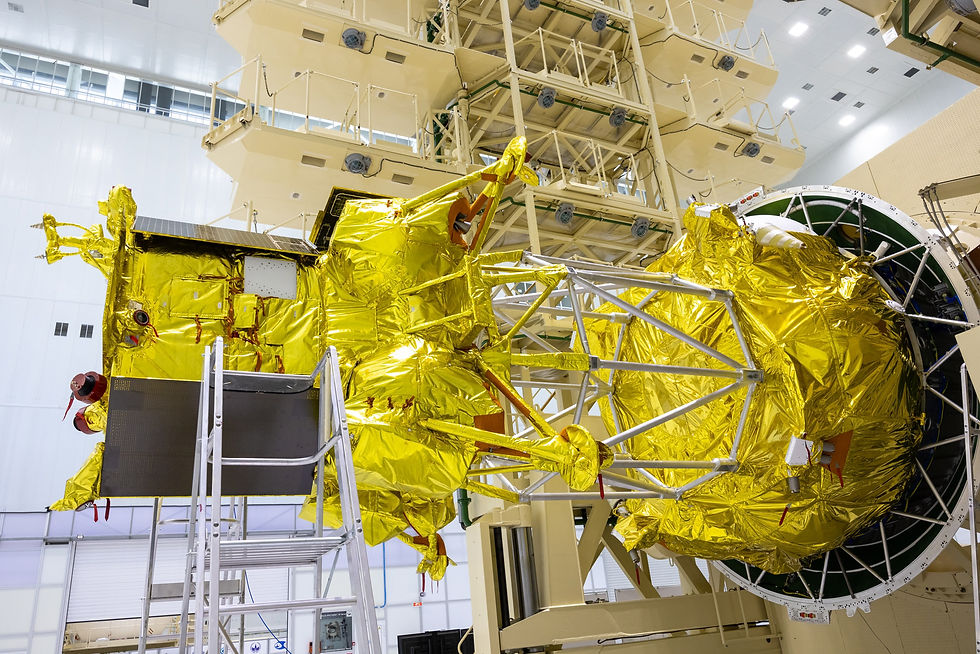Russia launches the Meridian-M Communication satellite
- Karthik Naren
- Mar 22, 2022
- 2 min read
Russian Soyuz 2.1a rocket took off from its Northern most Spaceport, Plesetsk

Today, March 22, at 15:48.22.591 Moscow time (12.48.22.591 UTC), the combat team of the Space Forces of the Russian Federation successfully launched the Soyuz-2.1a medium class launch vehicle with the Meridian- M from Launch Pad No. 3 at Site No. 43 of the Plesetsk Cosmodrome.
The Russian Ministry of Defense(Minoboron) noted that all pre-launch and launch operations took place in normal mode. The launch was controlled by an automated ground-based system. “The Fregat upper stage with the Meridian-M spacecraft (some sources states Meridian-M №10) has been separated from the carrier rocket. The vehicle's fairing, enclosed with Fregat Tug and the Meridian-M spacecraft, was separated from the third stage at the estimated time, 15:57 Moscow time [12:57 UTC], the ministry said. Fregat made an ignition at about T+1h45min to go from an orbit of about 200 × 200 km to an orbit of about 290 × 36,000 km and another around T+2h15m to insert the satellite into its final orbit of about 1,000 × 39,800 km. After separation from the spacecraft, Fregat was to perform another burn to place itself in disposal orbit.
The purpose of the Meridian series satellites is to provide communication for maritime vessels and reconnaissance aircraft in the area of the Northern Sea Route with coast and land stations. In addition, satellites are needed to expand the capabilities of communication stations in northern Siberia and the Far East.
Meridian
Meridian (spacecraft 14F112) is a third-generation communications satellite that replaced the Molniya and Raduga satellites. In 2017 the Information Satellite Systems Reshetnev factory received an order for the production of four modified Meridian-M military satellites.

Meridian is a satellite for use in military and civil purposes. On the one hand, the constellation will replace two different types of military communications satellites: those of the Molniya series (Molniya-3 and Molniya-3K) and those of the Parus series. On the other hand, they must provide relay signals for communication of maritime vessels and reconnaissance aircraft in the area of the Northern Sea Route with coastal land stations and expand the satellite communications network of the northern Siberian and Far East regions in the interests of development of the Russian economy.
The launch of the Meridians is carried out by Soyuz-2.1a or Soyuz-2.1b rockets with the Fregat upper stage in orbits with an inclination of 62.8°.
The satellite is used in highly elliptical Molniya 12-hour orbits with apogee in the Northern Hemisphere (with apogee of about 40,000 km and perigee of about 1,000 km). The spacecraft are divided into pairs, each of which with satellites move along a 'path' with an interval of 6 hours one after the other. During the communication period, the satellites are far above the territory of Russia and therefore they are objects that move very weakly in relation to the ground stations simplifying the process of pointing and locking the antennas.










Comments